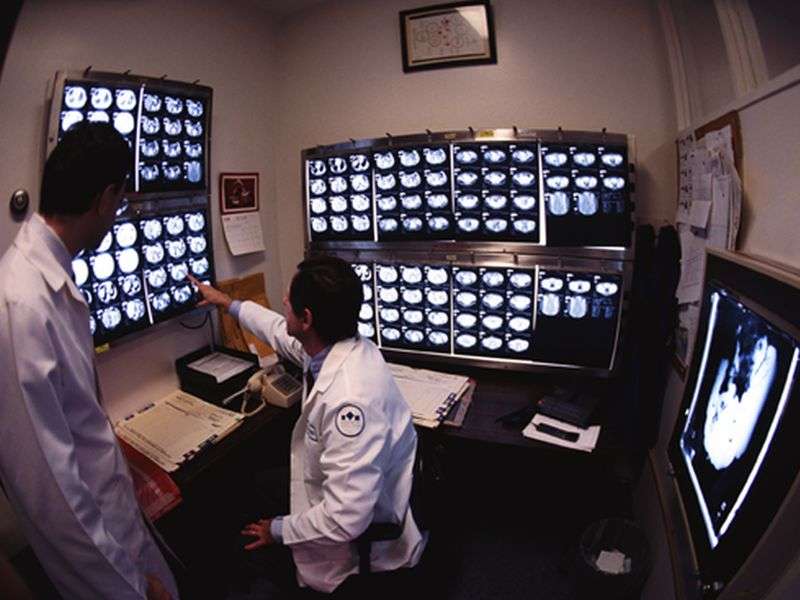(HealthDay)—For imaging neuroendocrine tumors, 68Ga-somatostatin analog positron emission tomography-computed tomography (PET-CT) is associated with reduced costs compared with 111In-octreotide scintigraphy, according to a study published online July 17 in the Journal of Medical Imaging and Radiation Oncology.
Tatiana Segard, M.D., from Sir Charles Gairdner Hospital (SCGH) in Nedlands, Australia, and colleagues conducted an analysis based on retrospective clinical data from 95 111In-octreotide scintigraphies performed in 2007 and 2008 in SCGH and Royal Perth (RPH) hospital and 219 68Ga-somatostatin analog PET-CT studies conducted at SCGH in 2013. The authors derived whole body effective radiation dose from the radiopharmaceutical and low-dose CT scan. Radiopharmaceutical and imaging costs were included in the cost analysis.
The researchers found that the mean effective radiation dose was 18.1 mSv and 13.8 mSv at SCGH and RPH, respectively, for 111In-octreotide scintigraphy. For 68Ga-somatostatin analog PET-CT, the effective dose was 8.7 to 10.7 mSv. The average cost was four times lower for 68Ga-somatostatin PET-CT versus 111In-octreotide scintigraphy.
"68Ga-somatostatin analogue PET-CT is not only more accurate than 111In-octreotide scintigraphy, this study has also shown that it is significantly less expensive, delivers a lower radiation dose to patients, and requires less imaging time for patients and staff," the authors write.
More information:
Abstract
Full Text (subscription or payment may be required)
Copyright © 2017 HealthDay. All rights reserved.


















